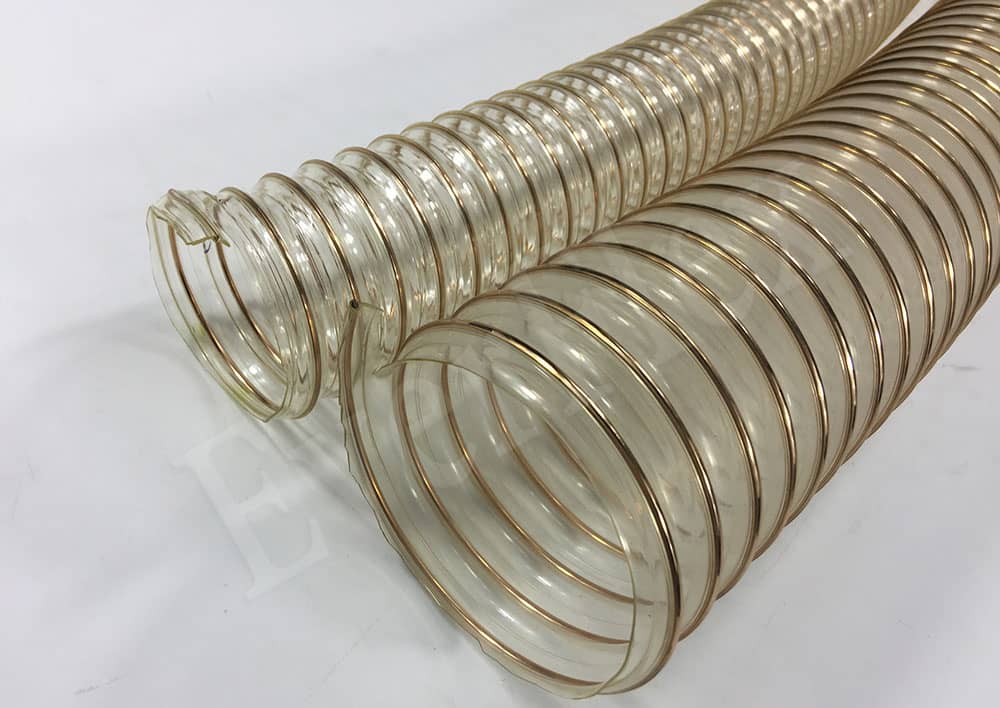Installation location
Antistatic duct hose should be installed in key parts of the ventilation system. Such as confined spaces, around equipment that is prone to static electricity, etc. This ensures that static electricity is removed in a timely manner.

Grounding protection
Antistatic ducts must be connected to a reliable grounding system. This can quickly lead static electricity into the earth to avoid the danger of static electricity.
Regular maintenance
Inspect the anti-static duct hose regularly to remove blockages and ensure smooth ventilation. Prevent dust and water accumulation from affecting the ventilation effect. At the same time, the resistance of the ventilation duct needs to be measured to ensure that the resistance value is within a reasonable range.
Supporting equipment
When using anti-static ducting, supporting equipment that meets the requirements, such as antistatic fans, antistatic filters, etc., should be selected to ensure the normal operation of the entire ventilation system.

Protective measures
In the process of using antistatic ventilation ducts, relevant operating procedures must be followed. In addition, wear personal protective equipment such as antistatic clothing and gloves to ensure the safety of staff. Only under the premise of strictly observing these precautions can the role of antistatic ventilation ducts be fully utilized to ensure the safety and stability of the working environment.




